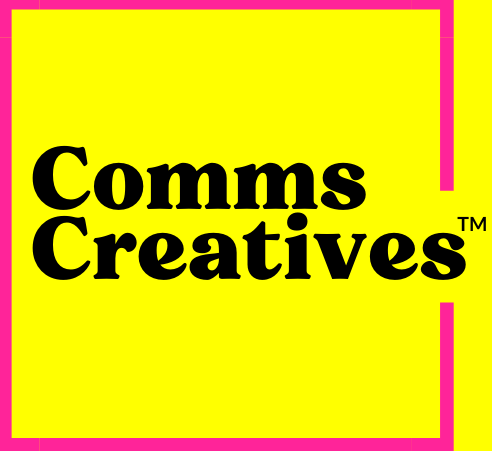As a bit of a public sector social media obsessive, I’ve picked up lots of examples of police use of social media from twitter and the news.
Police forces have done some fascinating work using social media that all PR and social media people can learn from. So here are five principles we can consider in our work.
1. It’s OK to address people who are taking the mick
Look how amazing @gwentpolice are @HelReynolds! Laughed so much! pic.twitter.com/QeAf50PYSu
— Lord HotSwipe (@martyncthomas) January 22, 2014
Often taking the moral high-ground is a good tactic and ‘feeding the trolls’ is unwise. But this tweet from my local police force shows a sense of humour and warns this lad that if he’s not joking there will be consequences.
My guess is that this police tweeter uses social media personally so understands how to adopt a good tone and not come across like a killjoy.
2. Being good at social media is just like being good at being social in real life
UK police force Twitter accounts faced criticism last year after a complaint that officers were using forces’ official accounts to follow celebrities, sports teams and brands.
UK police under fire for using Twitter to follow celebrities http://t.co/vcYVYg7EtI (or, ‘police criticised for interest in modern life’)
— Helen Reynolds (@HelReynolds) August 25, 2013
I’d argue that police forces and officers following people on Twitter (local celebrities, citizens, politicians, teenagers, bloggers, brands, Justin Beieber if they want) shows they are engaging in modern life. We can’t expect policing to be relevant to the way we live if we don’t accept that police employees are people too.
It shows they don’t just broadcast messages, they listen. They want to know about the things we know about. I’d rather that than law enforcement dinosaurs cut off from society.
Being good at social media is like being social at a party, not just talking about ourselves but listening to others, being interested and approachable.
3. We can encourage people to document, photograph and share their experiences
This letter shows the police saying that people should be allowed to document what happens in public.
RT @AdamShawBiz: Very useful letter for TV journalists & camera men/women from police Chief Constable Trotter. pic.twitter.com/6JF39KS1d4
— Helen Reynolds (@HelReynolds) January 1, 2014
It’s wise: when people share their own experiences, commentary and art based on a public event they add value.
The benefits of encouraging others to get involved is that their followers and friends trust them and want to hear what they say. This opens new audiences to your work and often people are more likely to engage with what they may see as a more credible voice than the corporate line.
A brand has a contribution to make from it’s own perspective but so do other people and trying to shut down unnoffical coverage is usually scoring an own goal or at worst creates the Streisand effect. (A local authority example of this is the #daftarrest debacle).
4. Cherish your people who have love from your audiences – they are your brand
@MentalHealthCop: popular, informative and has a big audience. In February his Twitter and blog was temporarily shut down.
For background on the incredibly valuable (but now suspended) @mentalhealthcop blog and Twitter account, see http://t.co/N8aDUCEEZv.
— Jack of Kent (@JackofKent) February 15, 2014
His followers were not happy and kicked up a stink. Read more about it in the Guardian.
It may not apply to heavily regulated businesses but in the public sector where institutions have an obligation to talk to and listen to the public – popular employees are your secret weapon and should be encouraged to talk on social media.
If a public sector comms departments are concerned with what’s being said by a colleague, the smart move is to have face-to-face conversation with that employee. Not shut them down and silence them.
A disgruntled member of staff will get back on-message much quicker if you’re able to address the real reasons that they are unhappy. Or sometimes employees just need reminding of the consequences of their actions.
PR isn’t about covering stuff up, it’s not always about just telling positive stories. Good PRs will identify and address problems with managers, advising on what will turn a mountain into a molehill and what will be effective.
5. Let people know you want to talk to you and about you
I blogged before how police in a town near Granada have their force Twitter handle sewn into thier uniforms.
It’s so simple and every organisation and business can promote what they do on social media. Cars. emails, uniforms, letters, TV ads, billboards, office signs, menus, carpets – whatever you have can be a way to highlight your social media channels.
Police in Granada have Twitter handles on their uniform pic.twitter.com/xwH2AX8sp4 via @gordonmacmillan #gov20 #ace
— Helen Reynolds (@HelReynolds) June 25, 2013
Have any police forces taught you something about social media or impressed you?


Thanks for posting, I enjoyed reading about that.